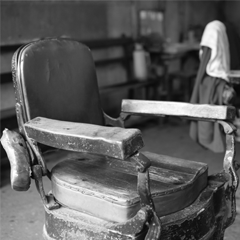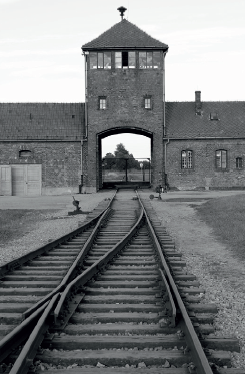
Slavery and performing arts
£14.95
Many schools change their timetabling allowances for Year 9 students, to give them extra lessons in their school curriculum, introducing more functional skills; as a result, the hours allocated to some non-curriculum subjects are reduced. At our school, this has happened in the creative arts department – instead of one hour of drama and one hour of music, it has been reduced to one hour a week for both. For students to continue with these practical subjects, we alternate groups each half term between the drama and music departments. This scheme of work was written and designed to be cross-curricular with the subjects of: art, dance, drama, history, ICT and music.
Slavery is an enjoyable and stimulating historical topic, which allows students to build upon their existing historical knowledge, as well as looking into the performing and creative arts industry. The scheme will cover the background information on the subject, personal accounts and learning different ways to approach resources and stimuli. The skills and techniques of: mind-mapping, soundscapes, devising, rehearsal performance, reflection, evaluation and documentation of work will also be discussed. You have the opportunity to assess students’ practical abilities and skills, alongside individual tasks. Lessons are designed to give students experience, confidence and refine their skills in approaching devised work. Techniques and terminology studied in this scheme will give students a solid base from which to progress onto a GCSE in drama, music or performing arts, a BTEC or a Creative Media diploma.
Learning objectives:
- To explore the skills and qualifications needed to be employed or work in the performing and creative arts industry
- To contribute to discussions, undertake a role or job title in the industry and evaluate your strengths and weaknesses
- To use your listening, creative thinking and team-working skills
- To create a soundscape from the stimulus of a picture
- To develop your knowledge of the slave trade, using your voice to form part of a choir
- To create a character from the slave era and document your work
- To use the techniques of role-play and hot-seating to demonstrate your character
- To sustain your character role for a long period of time and take part in an improvisation based on the slave trade
- To use a range of drama techniques to explore how characters are affected by the issues of slavery
- To work as part of a team, communicate your ideas effectively and overcome any obstacles that are presented
- To use a range of stimuli to devise a piece of drama based on the slave trade
- To document your work for future reference
- To work collaboratively and professionally during the rehearsal process, in order to complete the assessment task
- To work collaboratively and professionally to complete the assessment
- To sustain your role during the performance piece
- Evaluate and reflect upon your own the work and that of others.



